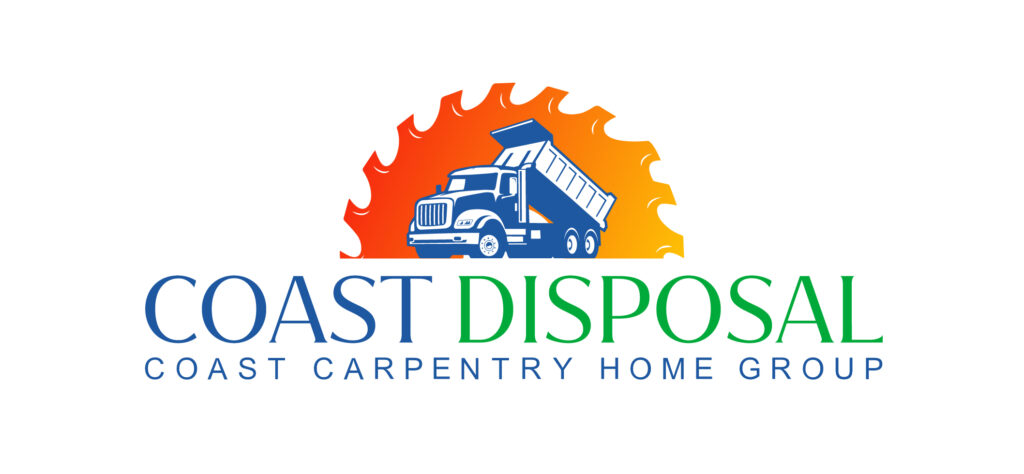Home renovation projects can be exciting, but they often create a lot of waste. Managing this waste responsibly is important for our environment. Eco-friendly disposal methods help reduce pollution and protect our planet. They also ensure that hazardous materials are handled safely.
Understanding how to dispose of renovation waste in an eco-friendly way can make a big difference. It’s about making smart choices, like recycling materials instead of just throwing them away. Proper disposal keeps harmful substances out of landfills and helps us live more sustainably.
In this article, we’ll explore quick and eco-friendly disposal solutions for home renovators. By learning these methods, we can complete our renovation projects responsibly and care for the environment at the same time.
Understanding Eco-Friendly Disposal
Understanding eco-friendly disposal is the first step in reducing the environmental impact of home renovation projects. Eco-friendly disposal means finding ways to manage waste that minimizes harm to our environment. This includes recycling materials, reusing items, and properly disposing of hazardous waste.
One key component is waste separation. By sorting different types of waste, we can ensure that recyclable materials don’t end up in landfills. For example, scrap metal, wood, and certain plastics can be recycled. It’s important to know what materials are recyclable in your area and separate them accordingly.
Another aspect is reusing items whenever possible. Old cabinets, fixtures, and other materials can often be repurposed or donated. Many charity organizations accept building materials that they can use or sell. This not only keeps items out of landfills but also supports a good cause.
By understanding and practicing eco-friendly disposal methods, we can significantly lessen the environmental impact of our renovation projects. It’s not just about what we throw away, but how we handle all the waste materials generated.
Best Practices for Recycling Renovation Waste
Recycling renovation waste is a great way to reduce environmental impact. Many of the materials from renovation projects can be recycled instead of discarded. Following best practices for recycling helps make the process smooth and effective.
Here are some tips for recycling renovation waste:
1. Know What Can Be Recycled: Common recyclable materials include metal, wood, concrete, bricks, and certain plastics. Check local recycling guidelines to understand what is accepted.
2. Create Designated Bins: Set up bins or areas for different types of recyclable materials, like metal, wood, and plastics. This makes sorting easier and ensures that materials go to the right place.
3. Clean and Prepare Materials: Before recycling, clean materials to remove any debris or contaminants. For instance, clean wood free of nails and other hardware.
Another useful practice is to deconstruct rather than demolish. Carefully taking apart structures allows you to salvage more materials that can be recycled or reused. Look for recycling centers or facilities nearby that accept construction waste. Many areas have specialized centers for processing these materials.
Implementing these best practices ensures that we maximize the amount of waste that gets recycled. This helps conserve resources and reduces the amount of waste sent to landfills. Recycling not only benefits the environment but can also make renovation projects more sustainable and cost-effective.
Safe Disposal of Hazardous Materials
Safe disposal of hazardous materials is crucial for protecting our health and the environment. Hazardous materials can include items like paint, solvents, batteries, and certain chemicals. These materials need to be handled and disposed of with care to avoid pollution and harm.
Here are some steps for safely disposing of hazardous materials from a renovation project:
1. Identify Hazardous Materials: Determine which materials are hazardous. This includes anything flammable, corrosive, or toxic. Common examples are paint thinners, pesticides, and old electronics.
2. Use Proper Containers: Store hazardous materials in their original containers or in containers that are clearly marked. This helps prevent spills and ensures that waste handlers know what they are dealing with.
3. Follow Local Guidelines: Check local guidelines for disposing of hazardous waste. Many communities have special drop-off sites or collection days for hazardous materials.
It’s important to never pour hazardous materials down drains or throw them in the trash. This can lead to contamination of water supplies and harm to wildlife. Instead, take advantage of local services designed to handle these materials safely. By following these steps, we can ensure that hazardous waste is disposed of properly and responsibly.
Local Resources for Eco-Friendly Disposal
Utilizing local resources for eco-friendly disposal can make the process easier and more efficient. Many communities have services and facilities specifically designed to handle renovation waste in an environmentally friendly way.
Here are some local resources we can tap into:
1. Recycling Centers: Many areas have recycling centers that accept construction waste. These centers can process materials like metal, concrete, and wood.
2. Hazardous Waste Collection: Look for local hazardous waste collection events or facilities. These places are equipped to safely dispose of items like paint, chemicals, and batteries.
3. Donation Centers: Donation centers often accept usable building materials, fixtures, and appliances. Donating these items keeps them out of landfills and helps those in need.
It’s helpful to research what options are available in our community before starting a renovation project. Knowing where to take different types of waste makes the disposal process smoother and ensures that materials are handled properly. Using local resources not only supports community services but also makes eco-friendly disposal more accessible.
Conclusion
Quick and eco-friendly disposal solutions are essential for home renovators who want to reduce their environmental impact. By understanding eco-friendly disposal, implementing best recycling practices, safely disposing of hazardous materials, and using local resources, we can make our renovation projects cleaner and greener. These steps not only help protect our planet but also make our homes healthier and our communities stronger.
If you need more assistance with home renovation or junk disposal solutions, Coast Carpentry Construction is here to help. Contact Coast Carpentry Construction today to get expert advice and services for your next project. Let’s work together to create homes that are beautiful, functional, and kind to the environment!







